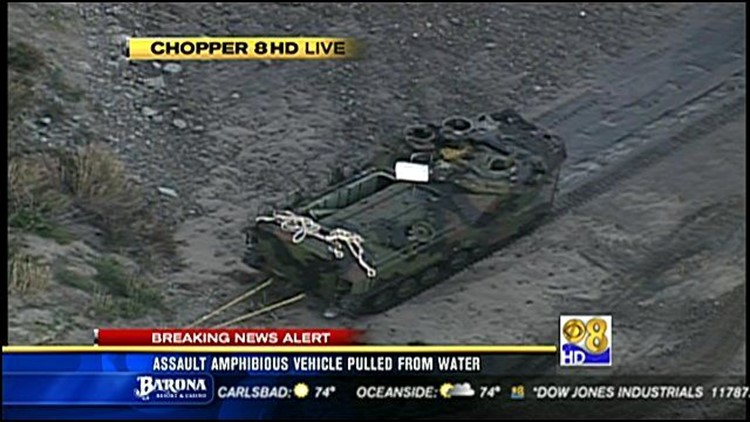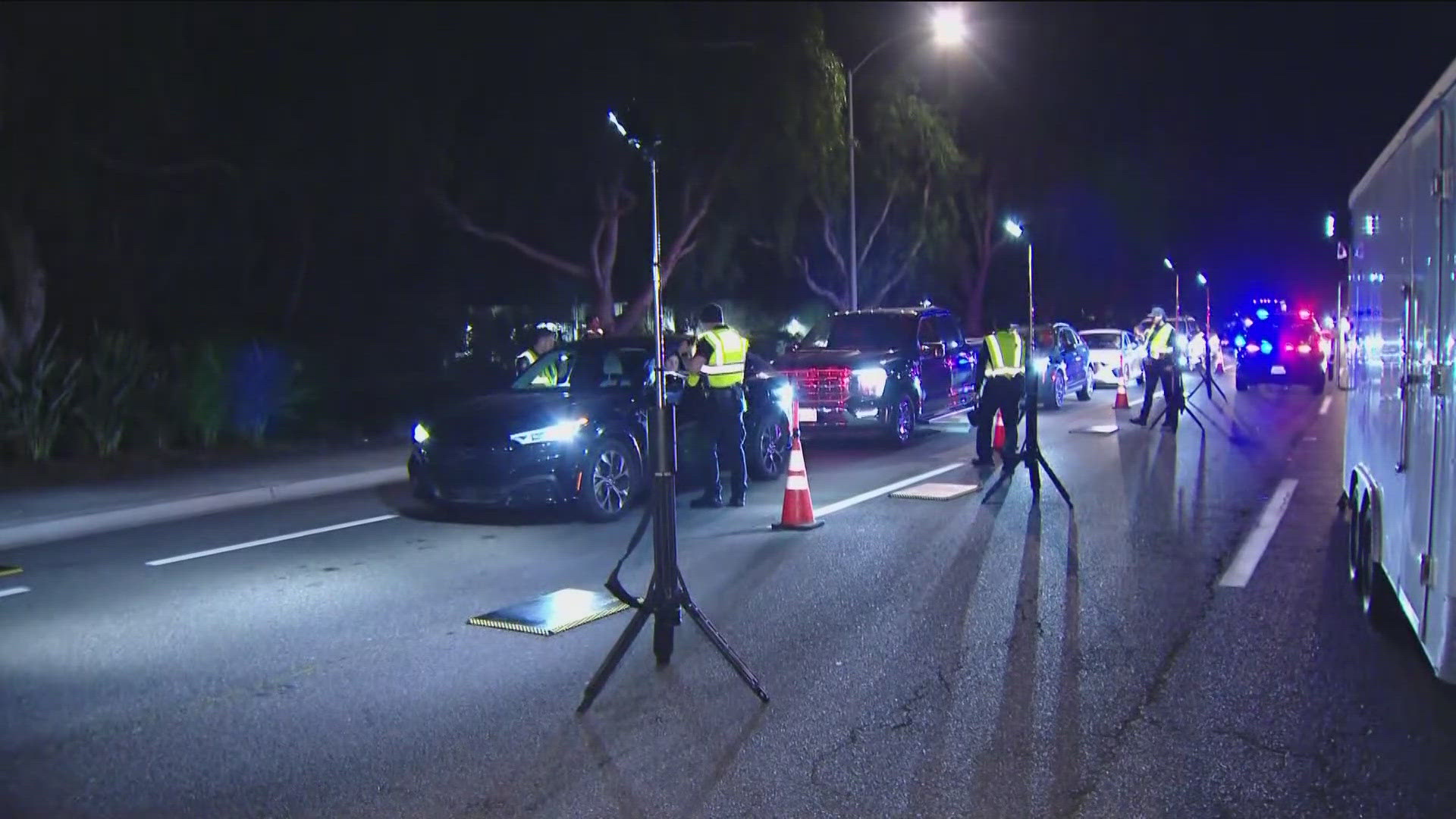THIS IS AN UPDATE TO THE PREVIOUS STORY BELOW
--
SAN DIEGO, Calif. (CBS 8) - The investigation continues into what caused an amphibious assault vehicle to sink in the waters off Camp Pendleton.
Sgt. Wesley J. Rice, 27, of San Antonio, Texas, was killed in Friday's mishap. Five others inside the marine amphibious assault vehicle were able to escape.
Investigators say they hope the marines who survived the accident will provide them with some insight into what may have caused the vehicle to sink.
--
CAMP PENDLETON (CNS/CBS8) - A U.S. Marine died Friday when the assault amphibious vehicle he was training aboard sank off the coast of Camp Pendleton, authorities reported.
Five other crew members on the craft were not injured in the late-morning accident, which prompted an urgent military-civilian rescue effort in the USMC station's Del Mar Boat Basin, just north of Oceanside Harbor.
Lifeguards and a dive team were among the civilian crews aiding military personnel in the emergency.
"Six Marines were on that track, five were able to exit, one was not able too," said Major Daniel Thomas, Executive Officer at the Amphibious Vehicle school at Camp Pendleton.
The body of the deceased Marine was recovered about 2:15 p.m., according to Marine Corps officials. His name was withheld pending notification of his family.
The LVTP7 training facility trains extensively and a former Marine tells News 8 it takes every precaution when it comes to safety.
"I've trained there, I've done a lot of exercises there," says Scott Boring, former Marine and Assault Amphibious Vehicle Operator. "This is a great base."
Scott explained that the trainee would have been in the front left hatch, with one of the three instructors behind him in the other hatch. There's also the possibility that one of the other two trainees could have been sitting in the turret on the right side, one of the more difficult places to get out of in an emergency, if not experienced.
He says Camp Pendleton takes safety seriously and before a trainee team is allowed in the water a group called the 'Splash Team' double checks everything, to include inch-and-a-half round holes used for draining excess water located underneath the vehicle.
"A team would go under the vehicle to make sure those hole plugs are in. They would also check to make sure all the hatches were locked, top hatch, back hatch, and if that's all safe, then they get the go ahead to go into the water," he explains.
Despite all their safety checks, Boring says, there are things that can go wrong even in the calm waters of the basin. He says an electrical failure would have meant the loss of bilge pumps that push water out of the inside.
"There are four pumps two of them are electrical operated, two of them are hydraulic operated," he says. "They do require the vehicle to be running, so if the vehicle loses power the engine shuts down you lose those bilge pumps."
While certainly possibilities, the Marine Corps has not released any details into what may have caused the vehicle to sink. The key to those answers could come from the five Marines who survived this accident.
The training battalions executive officer says after its determined what caused the accident, they will conduct appropriate safety briefing as necessary.
The name of the Marine who died in today's incident isn't being released until after family is notified.



